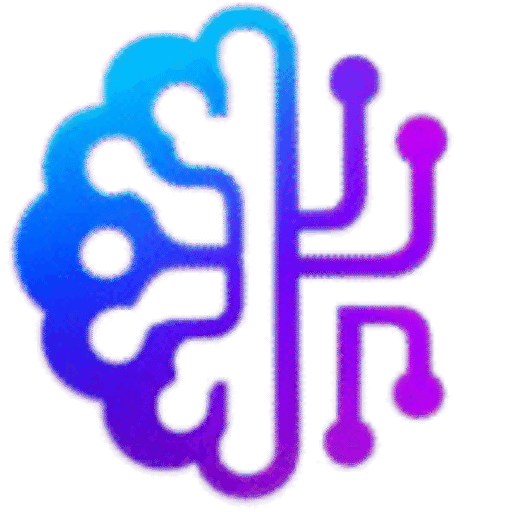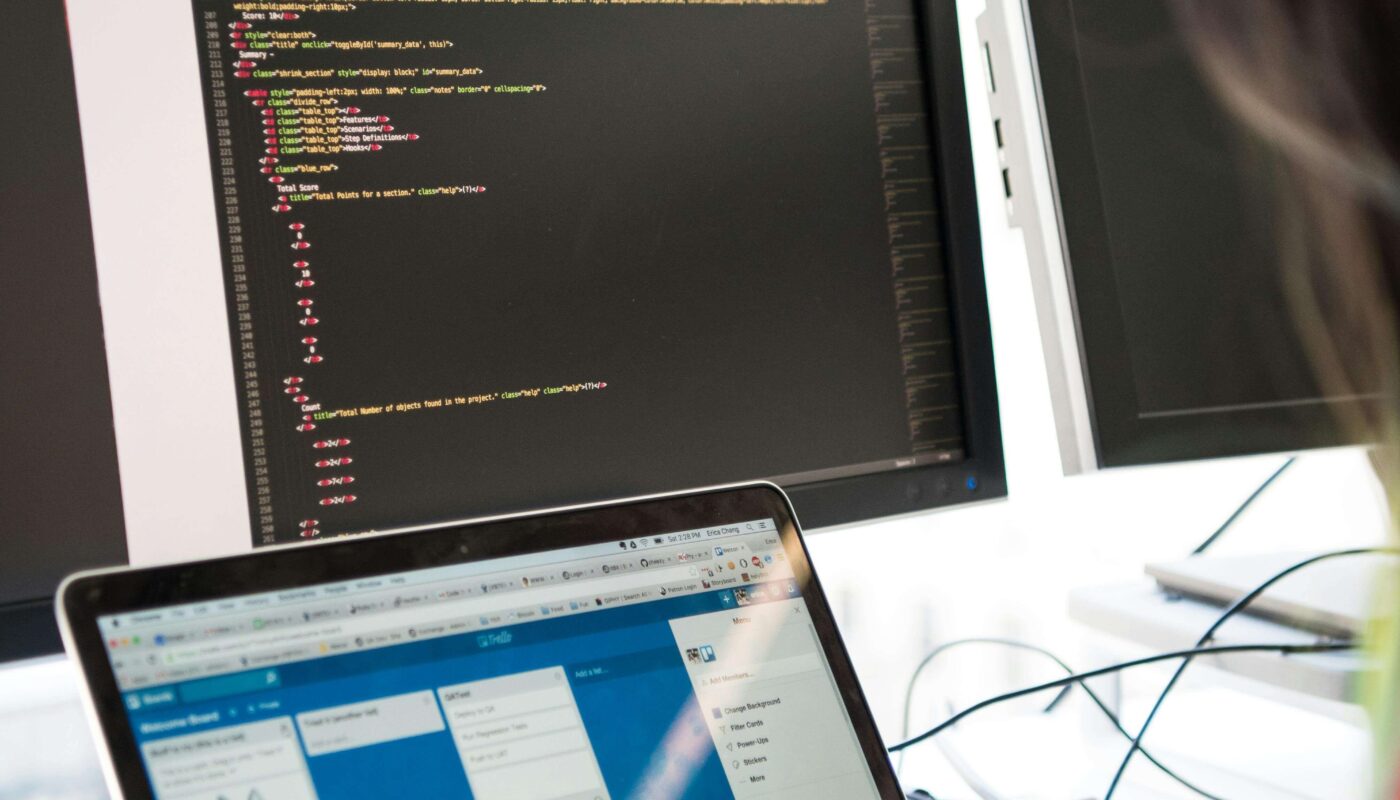How AI Helps in Microinteraction Design
Introduction
In the modern digital landscape, user experience (UX) is no longer limited to how a product looks or functions on a large scale. Instead, it’s the tiny details—the microinteractions—that often shape how users feel about a product. Microinteractions are those subtle animations, notifications, sounds, or gestures that provide instant feedback to users. For example, the “like” animation on Instagram, the typing indicator in WhatsApp, or the subtle vibration you feel when toggling a switch on your phone.
These details, while small, are powerful in shaping the overall user satisfaction and brand perception. And now, with the rise of Artificial Intelligence (AI), microinteraction design has entered an exciting new phase. AI not only automates certain processes but also personalizes interactions, predicts user needs, and optimizes designs in real-time.
In this blog, we’ll explore in detail how AI helps in microinteraction design, covering everything from fundamentals to real-world applications, benefits, challenges, and future trends.
What Are Microinteractions?
Before diving into AI’s role, let’s clarify the concept.
Definition
Microinteractions are small, contained product moments designed to perform a single task. They are meant to engage, inform, or delight users.
Examples in Everyday Life
- Liking a post: The heart animation when you double-tap.
- Form validation: A red shake animation when you input the wrong password.
- Loading indicators: Spinners, progress bars, or animated skeleton screens.
- System feedback: A subtle sound when you send a message.
- Navigation: Highlighting icons when tapped.
Why They Matter
- Provide immediate feedback to users.
- Build an emotional connection with the product.
- Reduce friction and make products more intuitive.
- Reinforce brand personality through design style.
Role of AI in Microinteraction Design
AI transforms microinteractions from being static and pre-coded to dynamic, adaptive, and personalized.
1. Personalization at Scale
AI analyzes user behavior and customizes microinteractions accordingly.
- Example: Netflix tailoring its interface animations to emphasize categories a user frequently explores.
- Example: E-commerce apps adjusting product recommendation microanimations depending on browsing history.
2. Predictive Feedback
AI predicts what a user might do next and adjusts interactions in advance.
- Example: Predictive text with smooth animations on mobile keyboards.
- Example: Voice assistants like Alexa or Siri animating UI elements while predicting responses.
3. Real-Time Adaptation
Instead of static microinteractions, AI adapts them to context.
- Example: Navigation apps (Google Maps) adapting prompts and animations based on live traffic data.
- Example: Smart homes where switches glow subtly based on user presence.
4. Emotion Recognition
AI can recognize user emotions (via voice, facial expressions, or behavior) and adapt microinteractions accordingly.
- Example: A meditation app adjusting background animations and tones if the user appears stressed.
5. Automating Design Processes
AI-driven tools like Figma plugins or Adobe Firefly can help designers automatically generate or recommend microinteraction animations.
- Saves time.
- Ensures consistency.
- Provides inspiration for human designers.
Benefits of Using AI in Microinteraction Design
1. Improved User Experience
AI ensures microinteractions are more relevant, smoother, and timely, enhancing overall UX.
2. Increased Engagement
Adaptive microinteractions create a feeling of personal attention, leading users to spend more time interacting with products.
3. Brand Differentiation
Brands that integrate AI-driven microinteractions stand out with smarter, futuristic design experiences.
4. Accessibility
AI-driven microinteractions can adapt for users with disabilities.
- Example: Subtle vibration patterns for visually impaired users.
- Example: Voice-based AI microinteractions for users with mobility challenges.
5. Data-Driven Insights
AI tracks how users respond to microinteractions and refines them over time.
Real-World Examples of AI in Microinteraction Design
- Facebook & Instagram
- Personalized feed refresh animations and predictive typing suggestions.
- Reactions (like love, angry, etc.) appear smoothly, adapting to context.
- Duolingo
- Gamified microinteractions that adapt difficulty and animations to user learning speed.
- Google Assistant
- Dynamic animations that change based on tone of command or context of query.
- Spotify
- AI-driven microinteractions that recommend playlists and adjust playback animations based on listening habits.
- Tesla
- Adaptive microinteractions in the dashboard UI where animations change with driving context.
How AI Helps Designers in Creating Microinteractions
1. AI-Powered Prototyping Tools
Tools like Uizard, Figma AI, Runway, and Framer AI can auto-generate animations based on user prompts. Designers just describe the interaction, and AI suggests animations.
2. Automating Usability Testing
AI tests microinteractions by simulating thousands of users, predicting how they’ll respond.
3. Reducing Creative Block
AI suggests design patterns or microinteractions by analyzing huge design databases.
4. Real-Time A/B Testing
AI helps designers run real-time experiments, showing which animations resonate most with users.
Challenges of AI in Microinteraction Design
- Over-Personalization—Too much personalization can feel intrusive.
- Data Privacy – Collecting behavioral data for microinteractions raises privacy concerns.
- Dependence on AI—Designers risk losing creative freedom if relying solely on AI.
- Consistency Issues – AI-generated microinteractions may not always align with brand guidelines.
- Technical Limitations – AI may misinterpret emotions or behaviors, leading to irrelevant interactions.
Future of AI in Microinteraction Design
- Emotionally Intelligent Microinteractions
Microinteractions that adapt in real-time to the user’s mood. - Voice + Animation Fusion
Seamless blending of conversational AI with visual microinteractions. - Hyper-Personalized Design
Every microinteraction is tailored to each user individually. - Cross-Platform Consistency
AI will ensure microinteractions remain consistent across devices (mobile, VR, AR, smart home). - Generative AI in UX
Designers will describe interactions in plain language, and AI will auto-create animations.
Best Practices for Designers
- Start Small—Use AI for enhancing, not replacing, human creativity.
- Prioritize Privacy—Only collect necessary user data.
- Maintain Brand Identity—Ensure microinteractions align with brand tone.
- Test & Iterate—Continuously refine with AI-powered A/B testing.
- Balance Automation with Emotion—Remember, microinteractions are emotional, not just functional.
Conclusion
Microinteractions are no longer just small product details; they are now powerful emotional connectors between users and technology. With AI, microinteractions have become smarter, more adaptive, and more engaging than ever before.
From predictive animations to personalized feedback and emotion recognition, AI is reshaping how users experience products on a micro level. However, designers must strike the right balance between automation, creativity, and privacy to avoid over-reliance or misuse.
As AI continues to advance, we can expect a future where products “understand” users at an emotional level, making every click, tap, or gesture not just functional but meaningful.





